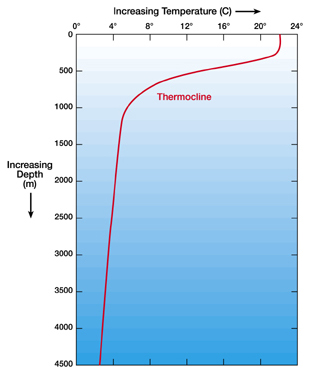This is a simple temperature-depth ocean water profile. You can see temperature decreases with increasing depth. The thermocline are layers of water where the temperature changes rapidly with depth. This temperature-depth profile is what you might expect to find in low to middle latitudes.
Click on image for full size
Windows to the Universe original image
Temperature of Ocean Water
Have you ever been swimming in the the ocean? Was it warm or cold? The temperature of the surface waters of the ocean depends a lot on location, the season and the weather. The average temperature of the ocean surface waters is about 17 degrees Celsius (62.6 degrees Fahrenheit). That's a little chilly for swimming, but not too bad!
The ocean is a lot deeper than we can see from the beach though. It goes for miles and miles down at points. This deep part of the ocean gets very, very cold. Much of this deep ocean water is between only 0-3 degrees Celsius (32-37.5 degrees Fahrenheit)!
Sometimes temperature is measured with a thermometer on a floating buoy (like the buoys set into the ocean by the Argo program). Scientists measure the temperature of deeper ocean water with a CTD instrument, where the instrument is placed in the ocean water from a ship or a dock. Over the last 30-50 years, it has been found that the ocean is warming.
You might also be interested in:
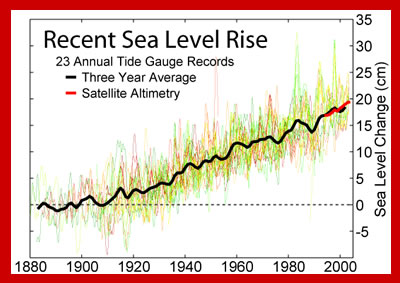
Sea level is creeping higher each year as the Earth warms. As sea level continues to rise, there are many low coastal areas worldwide where homes, towns and cities are in danger of being flooded
...more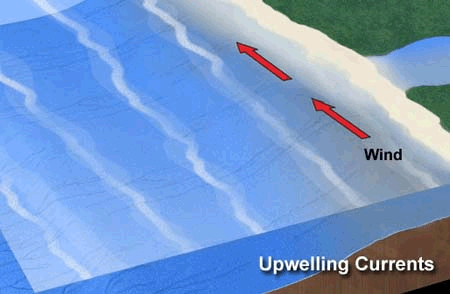
There are many connections between the ocean and the atmosphere in the Southeast Pacific Ocean. Strong winds blow north along the coast of South America. These winds stir up the ocean. That brings cold
...more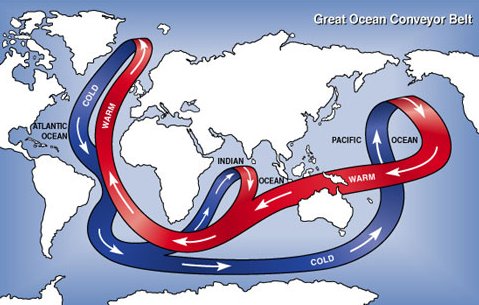
Seawater moves through the Atlantic as part of the Global Ocean Conveyor. That’s the way that seawater travels the world’s oceans. The water in the Global Ocean Conveyor moves around because of differences
...more
Looking for online content that can be used for a climate change education course or module? Pages linked below can be used to support an introductory climate change education for either a unit or a full
...more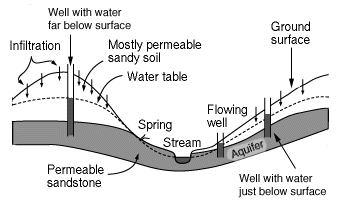
An aquifer is the name for a layer of rock which is capable of holding a large amount of water. Some layers are better at holding water than others, for example a layer of sandstone can hold a good deal
...more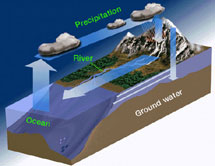
Limestone is an example of a carbonate. Other examples of carbonates include calcite, dolomite, and marble. Limestone dissolves easily in rainwater, especially rainwater which is loaded with carbonic acid.
...more
Have you ever left a glass of water out for a long time? Did you notice that the water disappears after a few days? That's because it evaporated! Evaporation is when water passes from a liquid to a gas.
...more


